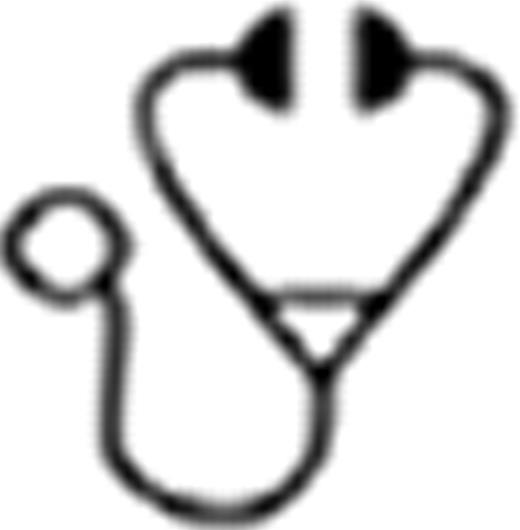Abstract
Abstract  4126
4126
High dose chemotherapy followed by autologous stem cell transplantation (ASCT) is a standard of care for patients with advanced or treatment refractory multiple myeloma (MM) and non-Hodgkin lymphoma (NHL). Stem cell proliferation and mobilization can be enhanced though the addition of myelosuppressive chemotherapy to GCSF administration. Chemotherapeutic agents without cross resistance to prior therapies may support peripheral blood stem cell (PBSC) collection and improve patient outcomes by exacting a more potent direct anti-tumor effect prior to ASCT. Bendamustine (Treanda®) is a synthetic chemotherapeutic agent that shares structural similarities to both purine analog and alkylating agents without significant cross resistance to other compounds in either drug class. Bendamustine appears to have low stem cell toxicity in vitro, is well tolerated, and has activity in MM and NHL. We hypothesized that bendamustine's activity in patients with disease resistant to first line therapies makes it a logical candidate for chemotherapy based PBSC mobilization.
Patients were eligible if they had relapsed or refractory MM, B-cell NHL or T-cell NHL and were candidates for ASCT. Other criteria included: age >18 years, ANC >1,500/mm3, platelets >100,000/mm3, adequate renal and hepatic function, <3 prior myelotoxic regimens, <6 cycles of lenalidomide, no prior failed mobilization attempt, and no prior pelvic/spinal irradiation. Patients received 1 cycle of BED therapy [bendamustine (120 mg/m2 IV d 1, 2 - provided along with financial support for this study by Teva Pharmaceuticals), etoposide (200 mg/m2 IV d 1– 3), dexamethasone (40 mg PO d 1– 4), delivered as an outpatient, followed by filgrastim (10 mcg/kg/day; starting on d 5 through end of collection)]. Apheresis was initiated when peripheral blood CD34 cell counts were >5/μL. The primary endpoint was successful mobilization, defined as collection of >2.0 × 106CD34 cells/kg. Adverse events (AEs) were graded using the CTCAE v4.0.
Twenty patients (16 MM, 3 B-cell NHL, 1 NK/T-cell NHL) were treated. The median age was 59 years (range 43–70), and the median number of prior therapies was 1 (range 1–3) for MM and 2 (range 2–3) for NHL patients. All patients (20/20) were successfully mobilized. The median number of CD34+ cells collected was 19.11 × 106/kg (Mean 22.49; range 4.35 to 55.51 × 106). All MM patients collected >10 × 106 CD34+cells/kg. The median time from BED mobilization therapy to the first day of CD34 stem cell collection was 12 days (mean 12.05; range 10 to 20 days). The median number of days of apheresis was 1 (mean 1.45; range 1 to 4). A predictable pattern of leucocyte nadir and recovery was demonstrated (88% of patients started apheresis between days 10–12). One patient (5%) was given plerixafor and for 2 patients (10%) the dose of GCSF was increased to 16 mcg/kg twice daily. Among the 20 patients mobilized and collected, 12 have thus far undergone ASCT and 100% (12/12) have achieved an unsupported neutrophil count >500/μL at an average of 14.3 days after PBSC infusion and a platelet count >20K/μL at an average of 10 days. Serious AEs (SAEs) were observed in 5 patients and 1 patient died due to disease progression. No unexpected grade 3 or greater treatment related SAEs were seen. Disease response assessments are ongoing. The original protocol design involved 3 agents (bendamustine, dexamethasone and GCSF [BDG]). After the first 3 patients enrolled, the mobilization regimen was modified to include etoposide because BDG did not yield a predictable pattern of leucocyte nadir and recovery, thus complicating timing for apheresis (median time to collection 22 days). The first 3 patients were censored from the analysis, however all 3 patients were successfully mobilized and collected.
The initial experience with PBSC mobilization after BED in this phase II study suggests the regimen is safe and effective, while the use of BDG does not yield predictable CD34 kinetics. Time to neutrophil and platelet engraftment after ASCT appears unimpaired when compared with other chemotherapy based mobilization regimens. Large numbers of stem cells were rapidly mobilized and resulted in short durations of apheresis. No patient with MM collected <10 × 106 CD34+ cells/kg (sufficient for 2 ASCTs). The regimen was very well tolerated and these findings suggest that the role of bendamustine in PBSC mobilization should be further explored.
Green:Teva Pharmaceuticals: Research Funding. Holmberg:Millenium: Research Funding; Otsuka: Research Funding; Merck: Research Funding; Seattle Genetics: Research Funding; Sanofi: Research Funding. Budde:Teva Pharmaceuticals: Research Funding. Gopal:Teva Pharmaceuticals: Research Funding.
Author notes
Asterisk with author names denotes non-ASH members.

This icon denotes a clinically relevant abstract

This feature is available to Subscribers Only
Sign In or Create an Account Close Modal